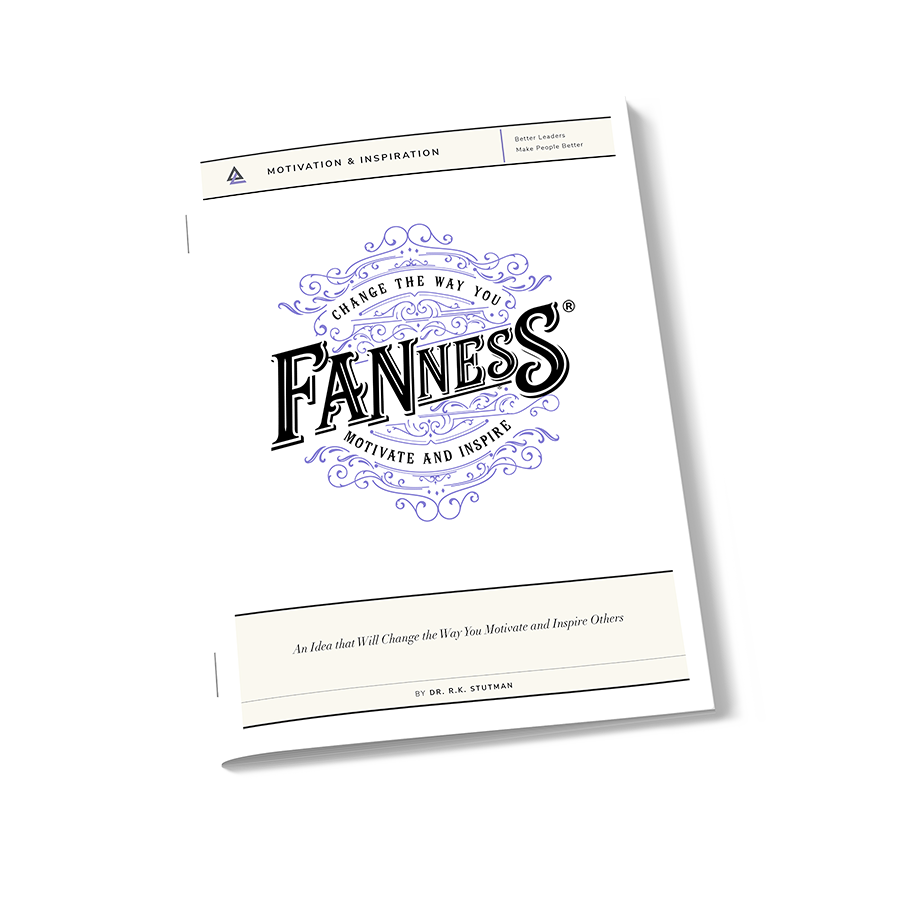Advocacy-based discussions dominate in team interactions.
Team members propose ideas, advocate for positions, and try to persuade others to accept their viewpoints.
Our need to influence others and to make our convictions known runs deep. So much so that it is exceedingly rare for a team to engage in any conversation that is not advocacy-based.
Advocacy dominates for a good reason. To reach decisions and to explore the best options, advocacy gets the job done both effectively and expediently.
But sometimes, teams and groups would greatly benefit, on the way to advocacy, from an early airing of beliefs, feelings, meanings, and perceptions.
By first engaging in an inquiry-based conversation, team members learn to explore the depth of feelings and meanings that underlie what people believe.
Scholars and practitioners give this unique conversation many names and labels, but dialogue is the most common title.
In a dialogue, the importance of excavating meaning and exploring why people believe what they do is paramount.
In an inquiry-based conversation like dialogue, team members engage with curiosity, asking questions and probing answers to fully understand where others are coming from.
Because this is such an unusual conversation that team members are neither used to nor skilled at, it is hard to implement or practice.
Here’s a fun exercise that illustrates what a dialogue looks like and helps team members get in the habit of treating the opinions of others as worthy of discovery.
First, all good dialogues start with a question that does not have a definitive or “right” answer.
So, the team leader must pose a compelling question that will start the conversation. For example:
- “What is our team’s greatest strength and weakness?”
- “What perspectives are underrepresented in our team discussions?”
- “Where are we out of step or inconsistent in our actions and team values?”
Second, the leader establishes the ground rule that no one is allowed to hold the floor longer than 90 seconds in this exercise. (That’s a really long time unless you are advocating!)
Third, the leader proposes the question to one of the members of the team, and they answer.
After their response, that person must immediately ask another team member a question while staying on topic. That person responds and then asks another person a question, and so on.
Responses are immediately followed by a question to someone else.
The only unacceptable question is: “Um, what do you think about that question?”
Fourth, once the team has engaged in this format for 10-15 minutes or so, the leader introduces another dialogue question with the same ground rules except speed is now of the essence.
Team members must be ready with a question for someone else and not delay or hesitate after they respond. The faster the conversation, the better.
The end result of this exercise will be dialogue in action, offering a model for future inquiry-based conversations.
When the team is well-practiced, they are now ready to tackle a meaty dialogue question that sets the stage for a team decision or discussion in the future.

An Exercise for Practicing Team Dialogue
Sign-up Bonus
Enter your email for instant access to our Admired Leadership Field Notes special guide: Fanness™—An Idea That Will Change the Way You Motivate and Inspire Others.
Inspiring others is among the highest callings of great leaders. But could there be anything you don’t know, you haven’t heard, about how to motivate and inspire?
Could there really be a universal principle that the best leaders follow? A framework that you could follow too?
There is.
Everyone who signs up for Admired Leadership Field Notes will get instant access to our special guide that describes a powerful idea we call Fanness™ (including a special 20-minute video that really brings this idea to life).
